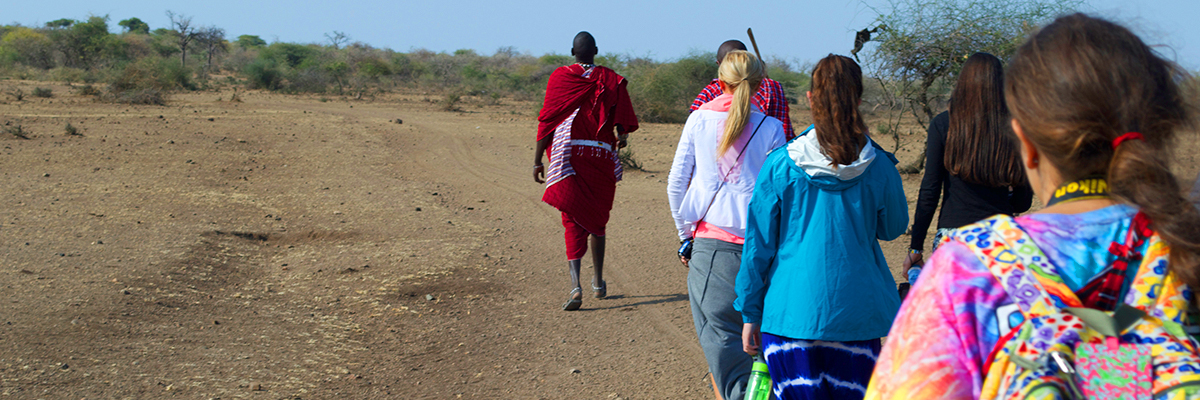Have you ever wondered what’s involved in becoming a standout leader?
Leadership.
What comes to mind as you read that word?
Back when I was a teen in a competitive school district, few words seemed as overused as leadership. It felt like everyone around me was being pressured into becoming a leader in whatever activities we were involved in. Becoming a leader meant obtaining a title—another gold star or award to leverage in our college applications. Leadership meant power and status. Leaders seemed to emerge only after they finished climbing their competitive mountain from beginning to end.
But I was mistaken. After gaining experience leading multiple groups in college, I gradually changed my views. Most of my early attempts were admittedly failures. Some were no big deal. Others were embarrassing and even painful at times. Consider the adrenaline rush and anxiety many of us feel when doing public speaking. Think back to the most nerve-wracking time you’ve had to speak in front of a large audience. Imagine how you’d feel if someone quietly walked up to you after you spoke and then, ever so gently, said that your fly was wide open the entire time. Genuine leadership then meant having the courage to fall headfirst into the mud, the resilience to immediately recover, and the communication skills to then redirect those behind you.
Leadership is an informal, role-based skill that you continually develop through ongoing experience and reflection. Leaders are those who are committed to the spoken and especially unspoken needs of their specific team or group at hand.
This definition was not immediately obvious to me. It’s an understanding that I gained by reflecting on past experiences with the help of mentors. Your own views and personal definition of leadership will likely be different. And that’s a good thing, too! Because leadership is a fluid concept that is culturally-dependent, specific to each discipline, and varies between teams. Being a leader is also not the same as holding a formal or management position. Leaders can be found in all kinds of situations as well as walks of life.
That said, there are 3 concrete and valuable leadership skills that anyone can develop:
1. Inclusion (connecting members based on common goals and values)
2. Facilitation (communicating different views then reaching agreement)
3. Negotiation (solving internal conflicts to maximize group interests)
Like all communication skills, these are improved through committed and deliberate practice within real situations.
Improving your leadership abilities is also separate from marketing yourself to college admissions offices or signaling your skill set to the job market. Although both are important, the first involves you personally defining then measuring your own success rather than appealing to others. You can improve as a leader by setting your own goals and then acting on advice from mentors or others that you value. Marketing your leadership abilities requires understanding your audience, recognizing their values, and then continually tailoring your message to them based on feedback.
Contributed by Nick Fochtman





